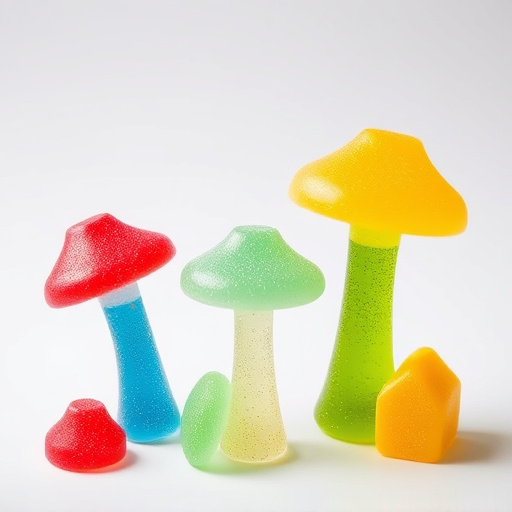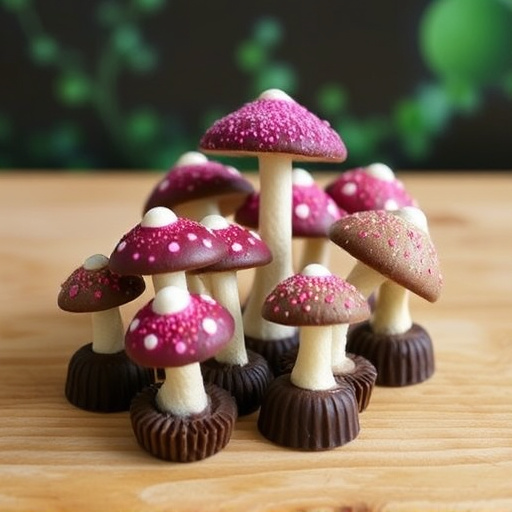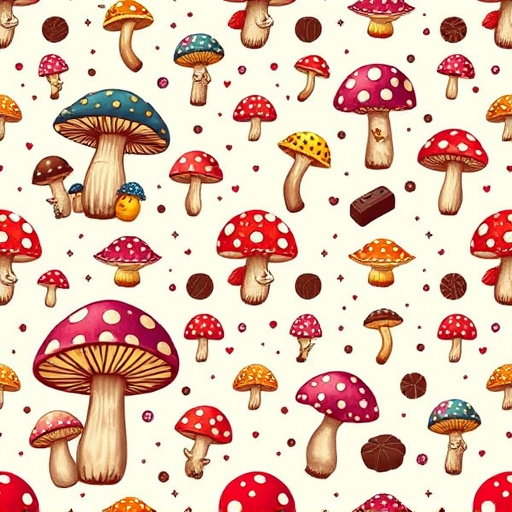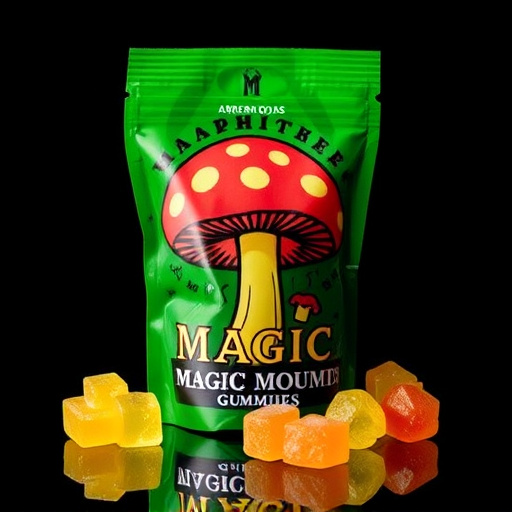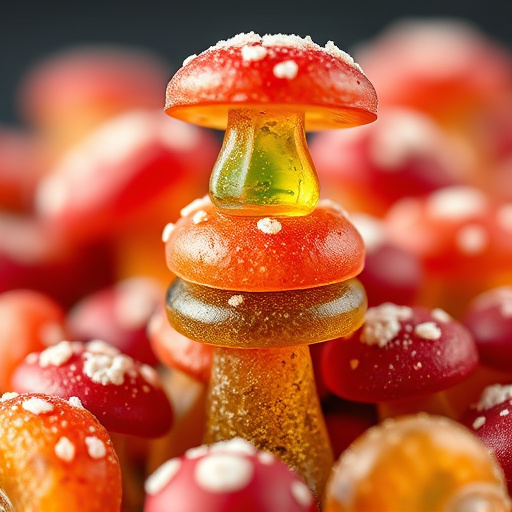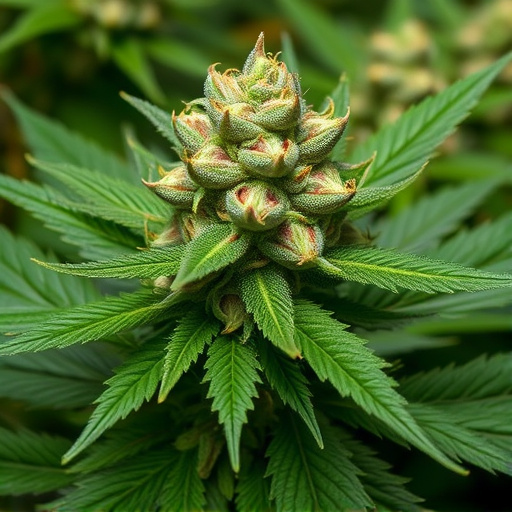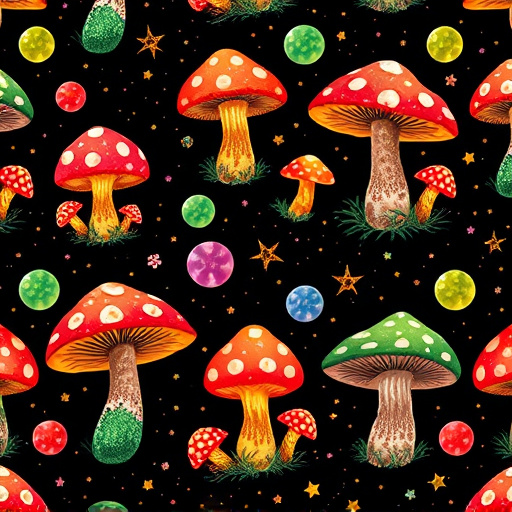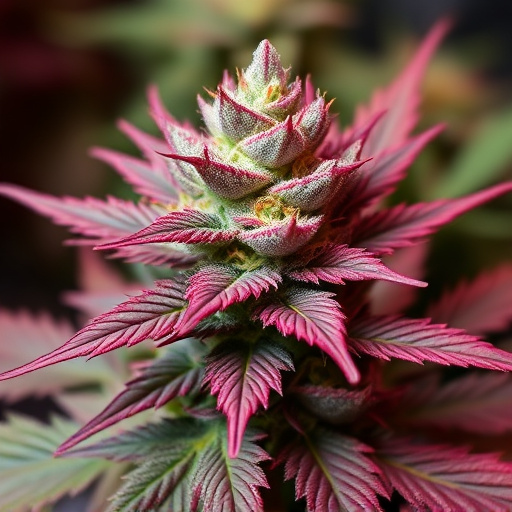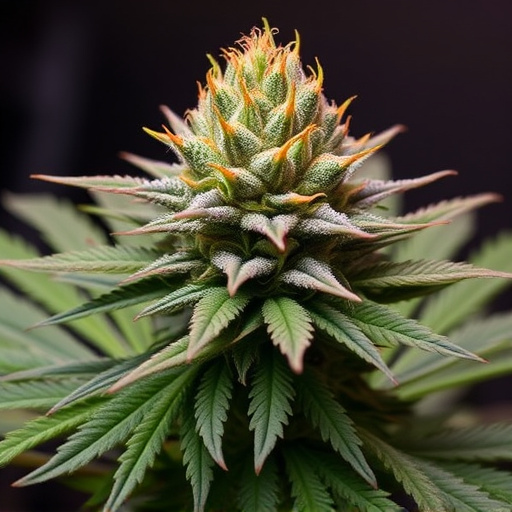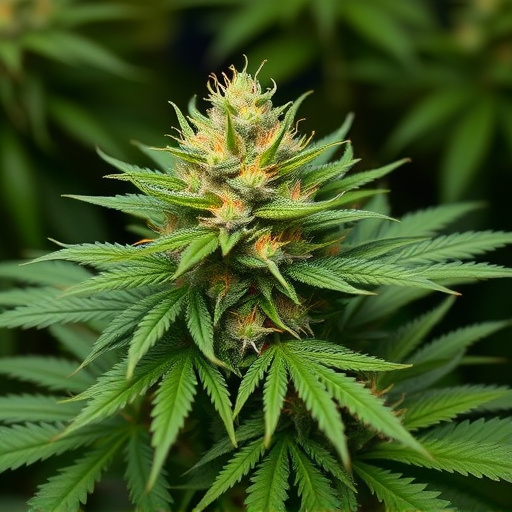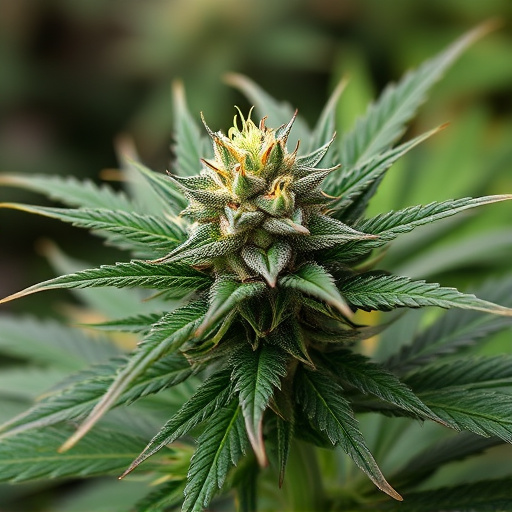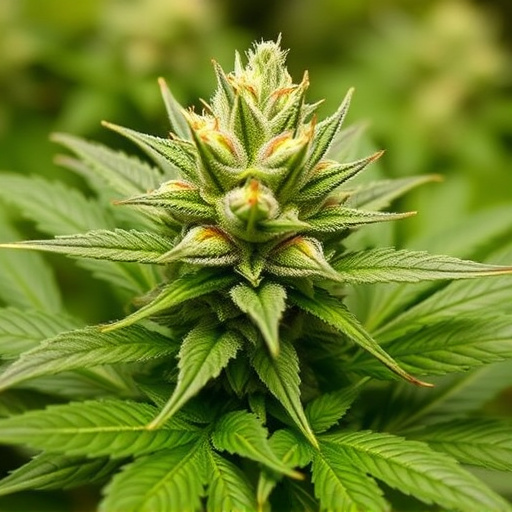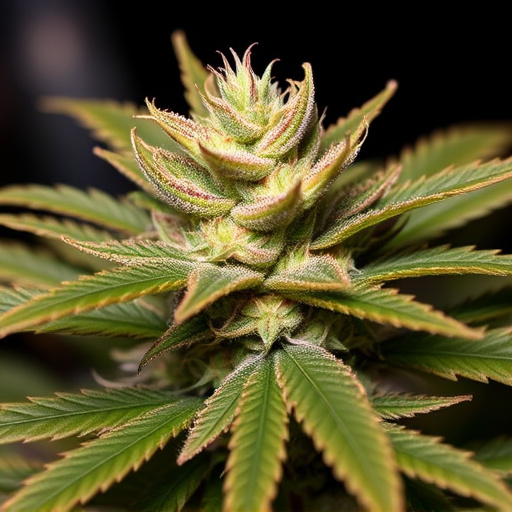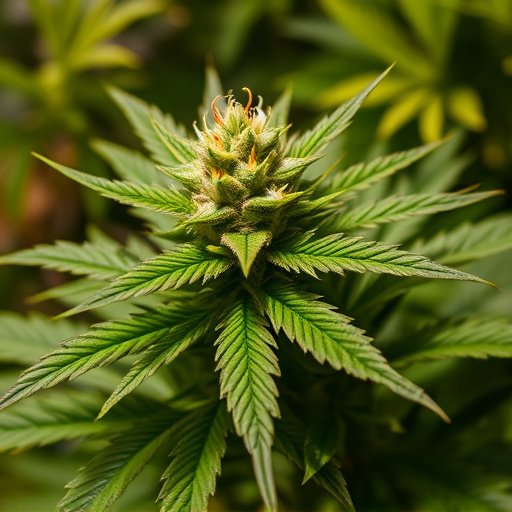Cannabis interacts with dopamine and serotonin, key neurotransmitters regulating mood and reward, through its binding to CB1 and CB2 receptors. Different strains, characterized by varying cannabinoid profiles (THC, CBD) and terpene compositions, can significantly impact these systems. High THC levels may stimulate dopamine release, causing euphoria, while CBD-rich strains modulate serotonin for potential anti-anxiety effects. Understanding these interactions is crucial for harnessing the therapeutic benefits of cannabis while being aware of its psychological impacts, particularly in relation to the renowned best looking cannabis strains.
“Unraveling the complex relationship between cannabis, dopamine, and serotonin is a crucial step in understanding its impact on our minds. This article delves into the fascinating realm of neurotransmitters, focusing on dopamine’s role in reward-driven behaviors and serotonin’s influence on mood regulation. We explore how cannabis interacts with these systems, shedding light on its potential effects. Additionally, we present an insightful guide to the best-looking cannabis strains, analyzing their unique chemical compositions for those seeking specific therapeutic benefits.”
- Understanding Dopamine and Serotonin: The Neurotransmitters of Reward and Mood Regulation
- Cannabis and Its Impact on Dopamine and Serotonin Systems
- Exploring the Best Looking Cannabis Strains and Their Chemical Composition
Understanding Dopamine and Serotonin: The Neurotransmitters of Reward and Mood Regulation

Dopamine and serotonin are two key neurotransmitters that play pivotal roles in our brain’s reward system and mood regulation. Dopamine, often nicknamed the “feel-good” chemical, is associated with pleasure, motivation, and reward. It’s heavily involved in driving behaviors like seeking food, sex, and addictive substances—including cannabis. On the other hand, serotonin regulates mood, appetite, sleep, and cognition. Imbalances in these neurotransmitters have been linked to various mental health conditions.
Cannabis interacts with these neurotransmitters in unique ways. It binds to specific receptors in the brain, such as CB1 and CB2 receptors, which are primarily associated with dopamine and serotonin’s regulation. Different cannabis strains vary in their cannabinoid profiles, including THC (tetrahydrocannabinol) and CBD (cannabidiol), offering a diverse range of effects. Some of the best-looking cannabis strains known for their potent psychoactive properties and appealing aromas also contain higher levels of these cannabinoids, potentially impacting dopamine and serotonin levels and contributing to the plant’s therapeutic and recreational appeal.
Cannabis and Its Impact on Dopamine and Serotonin Systems
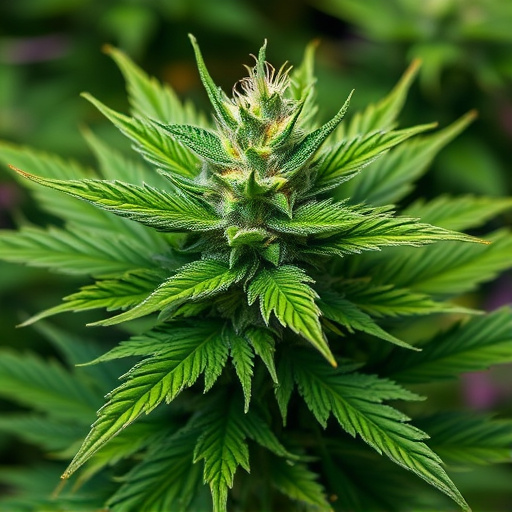
Cannabis, known for its diverse compounds and effects, interacts with the brain’s neurotransmitter systems, including dopamine and serotonin. These neurotransmitters play a pivotal role in regulating mood, motivation, pleasure, and various cognitive functions. When cannabis is consumed, its active compounds, particularly tetrahydrocannabinol (THC) and cannabidiol (CBD), engage with specific receptors in the brain, leading to complex effects on both dopamine and serotonin systems.
The impact of cannabis on these neurotransmitters can vary depending on the strain. For instance, best looking cannabis strains high in THC have been linked to increased dopamine release, which can trigger feelings of euphoria and pleasure. On the other hand, CBD-rich strains may modulate serotonin levels, potentially offering anti-anxiety and mood-stabilizing effects. Understanding these interactions is crucial as it sheds light on both the potential therapeutic benefits and the psychological impacts associated with cannabis consumption.
Exploring the Best Looking Cannabis Strains and Their Chemical Composition
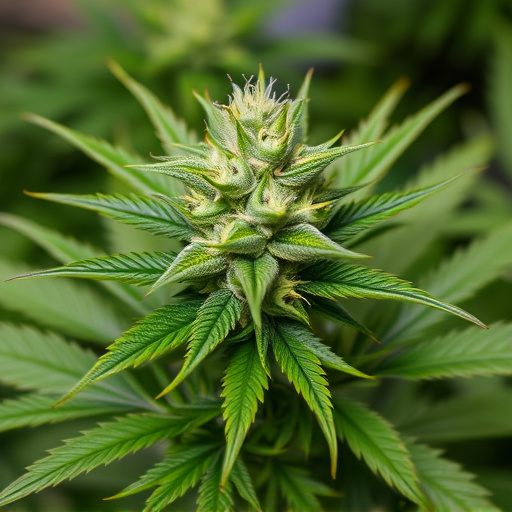
When discussing the impact of cannabis on dopamine and serotonin, it’s essential to understand that different strains can offer unique chemical compositions. The best looking cannabis strains are often not just visually appealing but also possess specific cannabinoid profiles that interact with our brain’s neurotransmitters, including dopamine and serotonin. These neurotransmitters play a crucial role in regulating mood, pleasure, and reward—making the study of cannabis’ effects on them particularly fascinating.
The best looking cannabis strains, such as those known for their high THC (tetrahydrocannabinol) content or unique terpene profiles, can significantly influence dopamine and serotonin levels. For instance, strains rich in myrcene or linalool, commonly found in many popular cannabis varieties, have been linked to increased feelings of relaxation and potential anti-anxiety effects, which could indirectly impact serotonin levels. Understanding the chemical makeup of these best looking cannabis strains is key to navigating their effects on our brain chemistry and mental health.
In conclusion, understanding how cannabis interacts with neurotransmitters like dopamine and serotonin is key to navigating its effects on reward and mood regulation. While research continues to evolve, exploring the chemical composition of the best-looking cannabis strains can provide valuable insights into tailoring treatments for various conditions. By considering the unique profiles of these strains, individuals can potentially harness the therapeutic benefits of cannabis while minimizing unwanted side effects.
